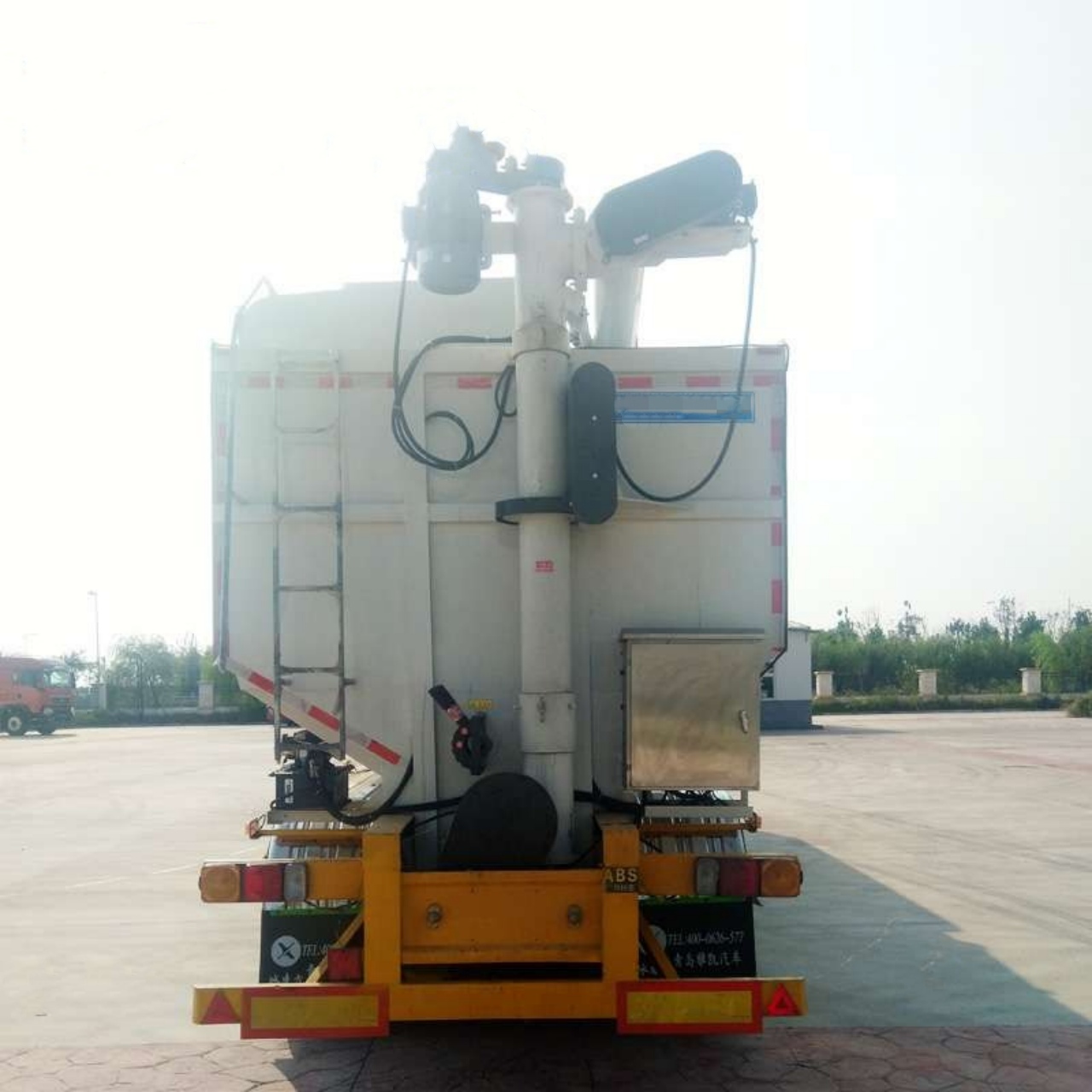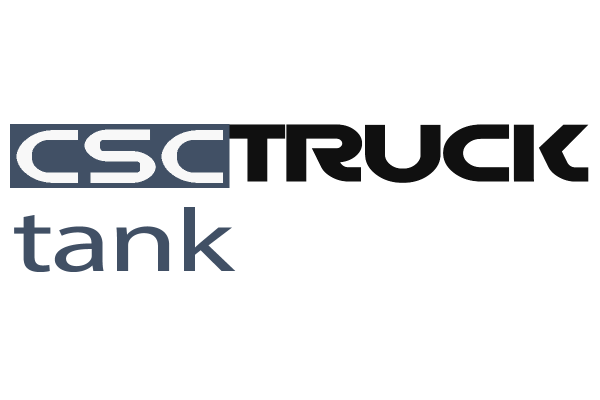Pneumatic transport, also known as pneumatic conveying, is a method of transporting bulk materials through a pipeline using air or another gas as the conveying medium. This technology is widely used in various industries to efficiently move powders, granules, and other dry bulk materials from one location to another, typically within a manufacturing or processing facility.
Basic Principle of Pneumatic Transport
At its core, pneumatic transport operates on the principle of fluid dynamics. Air or another gas is used to suspend and move particles through a closed pipeline system. The flow of gas creates a pressure differential that propels the material through the pipe. Depending on the material characteristics, the distance to be covered, and system design, pneumatic transport systems can be classified into 2 major types: Dilute phase conveying and dense phase conveying.
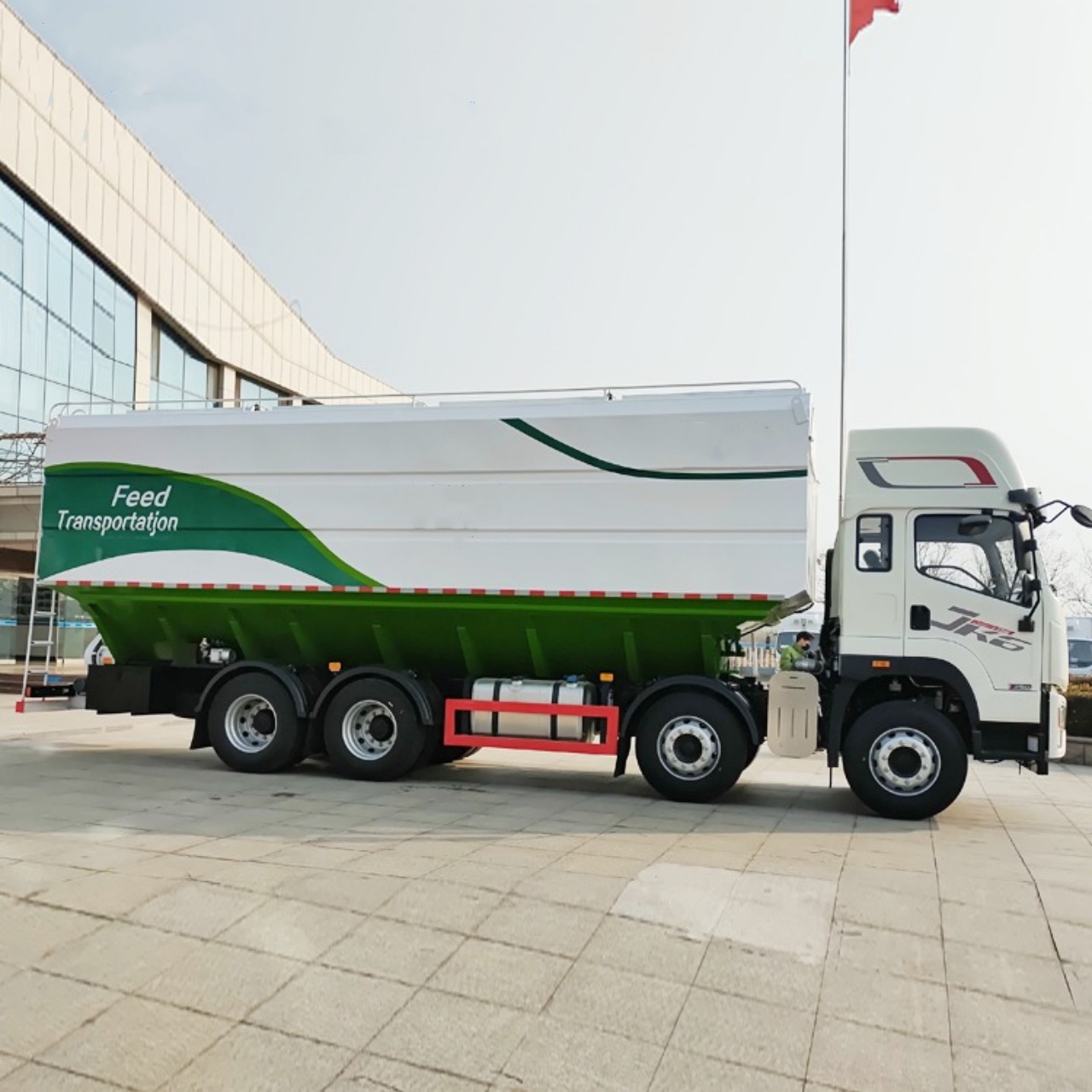
Types of Pneumatic Transport Systems
1. Dilute Phase Conveying
In dilute phase conveying, the material is fully suspended in the conveying air stream. The gas velocity is relatively high (usually above 20 m/s), which ensures that the particles remain airborne throughout the pipeline. This method is most suitable for lightweight, non-abrasive materials such as flour, sugar, or plastic pellets. There are 2 subtypes of dilute phase systems:
- Positive pressure systems: These use blowers or compressors to push materials through the pipeline.
- Vacuum systems: These use vacuum pumps to draw materials through the pipeline.
2. Dense Phase Conveying
In dense phase conveying, materials move through the pipeline at a slower speed (usually below 8 m/s), often in the form of plugs, slugs, or a fluidized bed. This method is ideal for heavier, abrasive, or fragile materials such as sand, cement, or catalyst beads. Dense phase systems reduce wear on both the material and the pipeline and are more energy-efficient for certain applications.
Components of a Pneumatic Transport System
A typical pneumatic conveying system consists of several key components:
- Air mover (blower, compressor, or vacuum pump): Generates the flow of air or gas required to convey the material.
- Feed system: Introduces the bulk material into the pipeline. This could be a rotary valve, screw feeder, or pressure vessel.
- Conveying pipeline: A network of pipes or tubes through which the material is transported.
- Separator (cyclone or filter receiver): Separates the conveyed material from the air stream at the receiving end.
- Dust collection system: Ensures air cleanliness by capturing any dust or fine particles that escape the separator.
- Control system: Monitors and regulates the performance of the entire system.

Advantages of Pneumatic Transport
Pneumatic conveying systems offer numerous advantages over traditional mechanical transport systems like belt conveyors or bucket elevators:
- Flexibility in Routing: Pneumatic systems can be routed in any direction — horizontally, vertically, or at an angle — allowing for more versatile plant layouts.
- Enclosed System: The enclosed pipeline prevents material contamination and minimizes dust emissions, making it safer and more hygienic.
- Low Maintenance: With fewer moving parts compared to mechanical systems, pneumatic conveyors typically require less maintenance.
- Improved Safety: The risk of spillage, product loss, and exposure to hazardous materials is reduced.
- Compact Design: Pneumatic systems occupy less space, which is advantageous in facilities with limited space.
Disadvantages of Pneumatic Transport
Despite their benefits, pneumatic conveying systems also come with certain limitations:
- Energy Consumption: Pneumatic systems can consume more energy, especially in dilute phase applications.
- Erosion and Wear: High-velocity air and abrasive materials can cause wear on pipes and equipment.
- Material Limitations: Not all materials are suitable for pneumatic transport; some may degrade or segregate during conveying.
- Higher Initial Cost: The upfront investment in equipment and installation can be higher than mechanical systems.
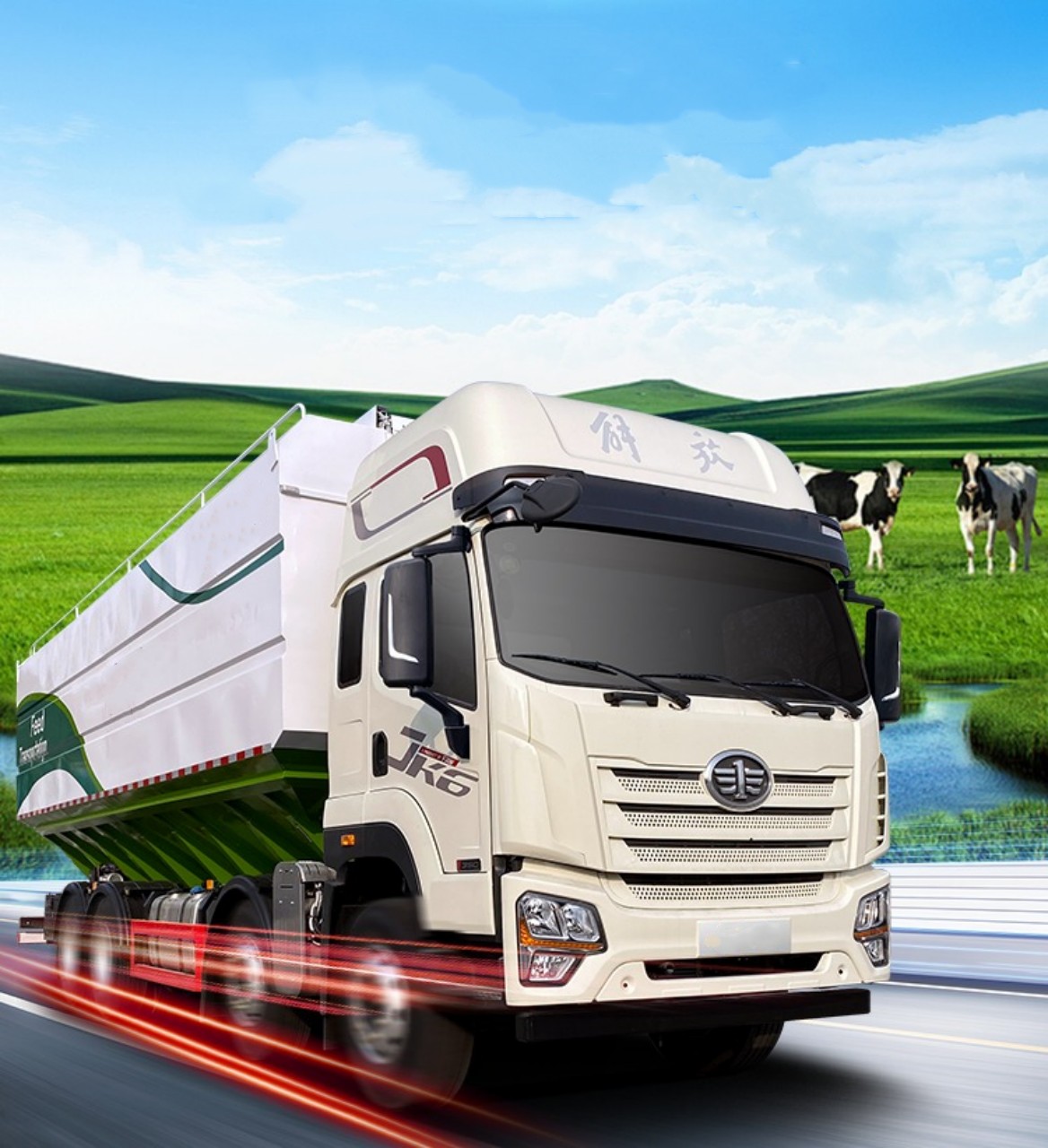
Applications of Pneumatic Transport
Pneumatic conveying is used across many industries due to its adaptability and efficiency. Some of the common applications include:
- Food and Beverage: Transporting flour, sugar, spices, grains, and coffee beans.
- Chemical Industry: Conveying powders, catalysts, resins, and plastic pellets.
- Pharmaceuticals: Moving active pharmaceutical ingredients (APIs) and excipients in cleanroom environments.
- Cement and Building Materials: Conveying cement, sand, fly ash, and lime.
- Power Plants: Handling fly ash and powdered coal.
- Agriculture: Transporting grains, seeds, and animal feed.
Design Considerations
The design of a pneumatic transport system requires careful consideration of several factors:
- Material characteristics: Particle size, shape, density, abrasiveness, and moisture content all influence system design.
- Distance and route: Longer or more complex routes may require more powerful air movers or intermediate boosting stations.
- Flow rate: The amount of material to be conveyed per unit time determines the size and capacity of system components.
- System pressure: The system must be designed to handle the pressure generated by the air mover.
- Environmental conditions: Temperature, humidity, and the need for explosion-proof components must be considered in certain applications.
Maintenance and Operational Tips
To ensure reliable operation and long service life, pneumatic conveying systems should be properly maintained:
- Regular inspection: Check for wear, leaks, or blockages in the pipeline and components.
- Filter replacement: Replace filters periodically to maintain air quality and system efficiency.
- System calibration: Regularly calibrate the control system to ensure accurate performance.
- Preventive maintenance: Follow a schedule for lubrication, component checks, and system cleaning.
Future Trends in Pneumatic Transport
As industries seek to improve efficiency and sustainability, pneumatic conveying technology continues to evolve. Key trends include:
- Energy-efficient systems: New blower designs and control algorithms help reduce energy consumption.
- Smart sensors and automation: Integration of IoT devices allows real-time monitoring and predictive maintenance.
- Modular designs: Prefabricated and modular components make installation faster and more cost-effective.
- Enhanced material handling: New designs aim to handle even more fragile or sensitive materials with minimal degradation.
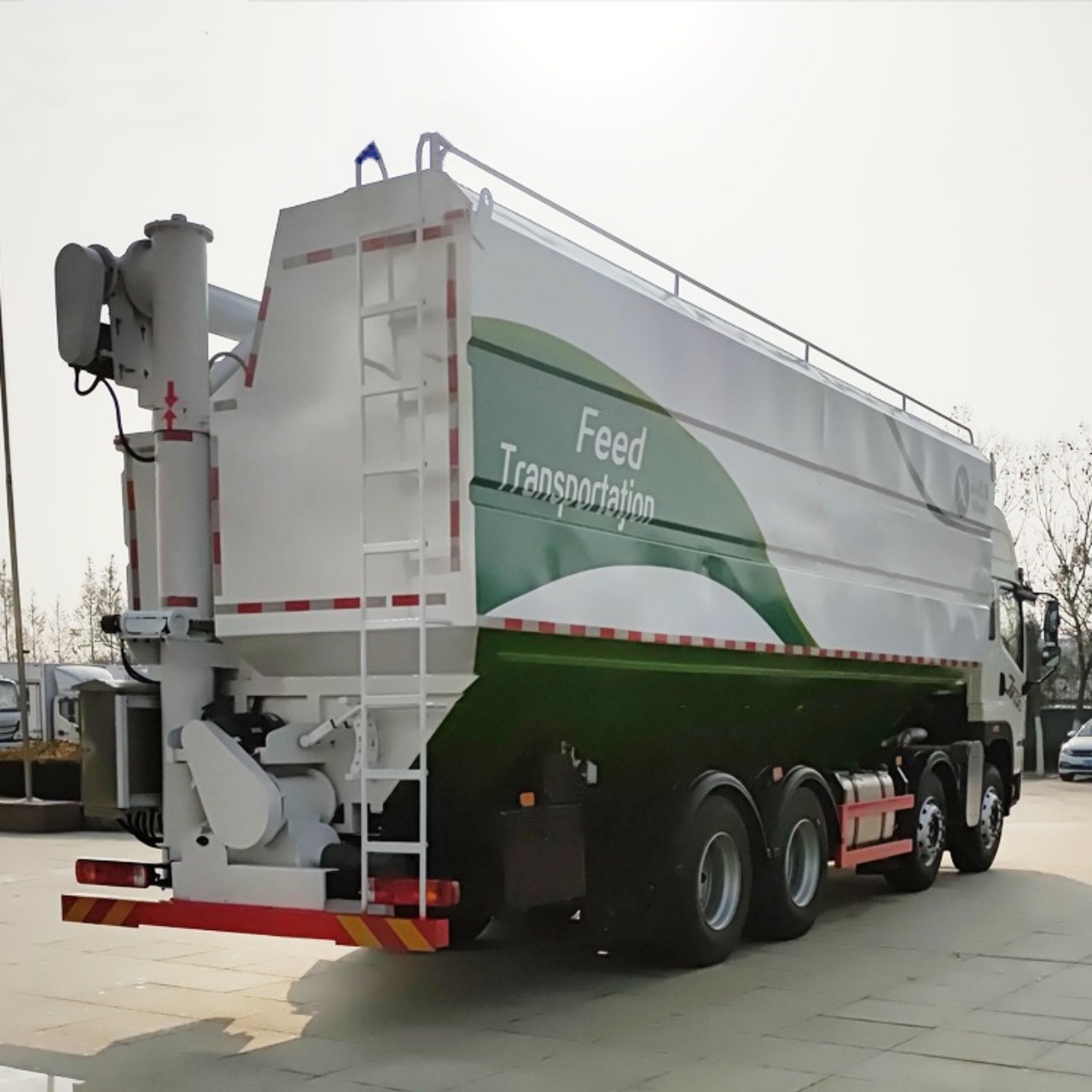
Conclusion
Pneumatic transport is a critical technology for modern industries that deal with dry bulk materials. It provides a clean, efficient, and flexible method of moving materials across facilities. Whether in food processing, pharmaceuticals, or heavy industry, pneumatic conveying systems offer a reliable solution to meet complex material handling needs. However, careful design, material compatibility, and proper maintenance are essential to achieving optimal performance and longevity from these systems.
